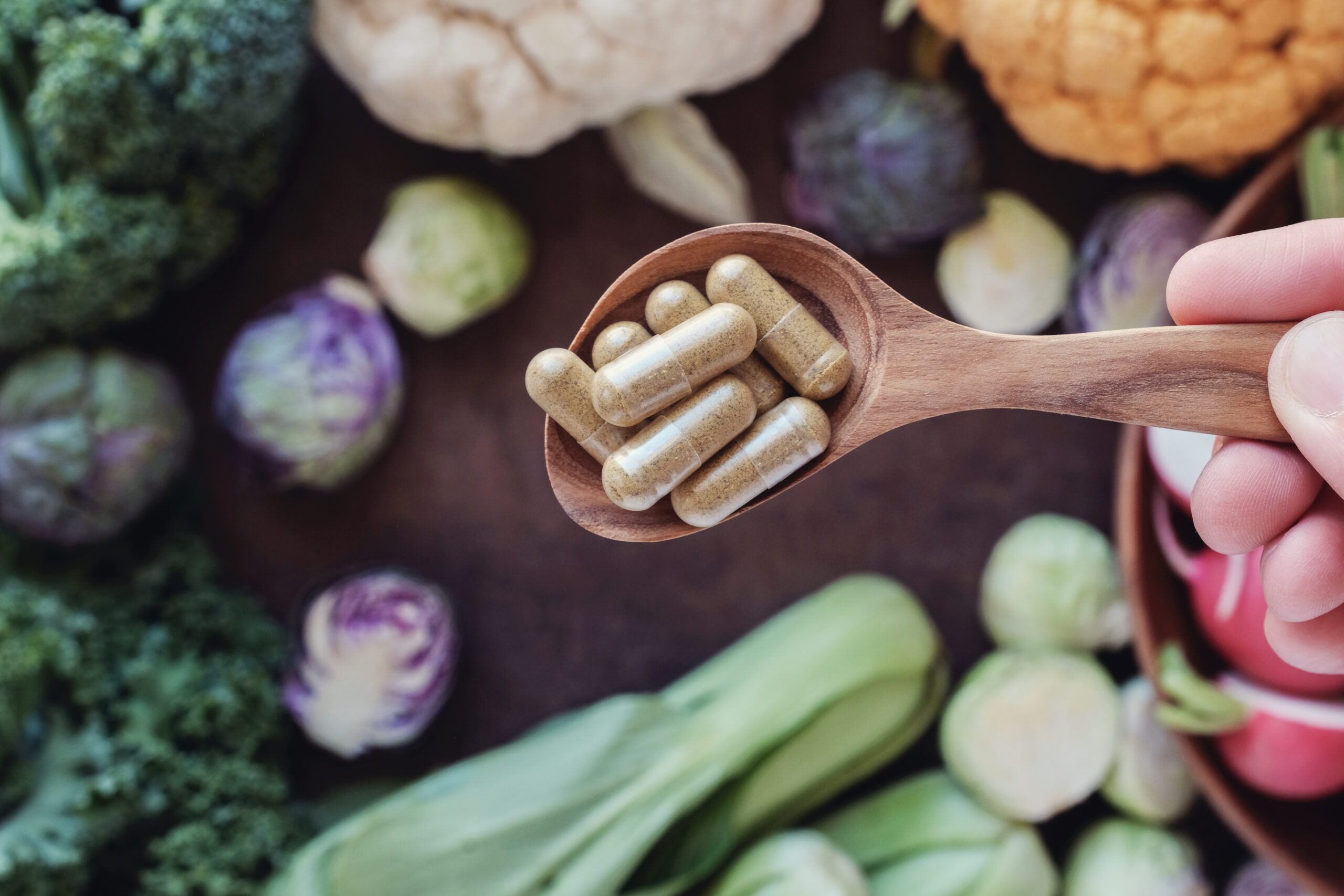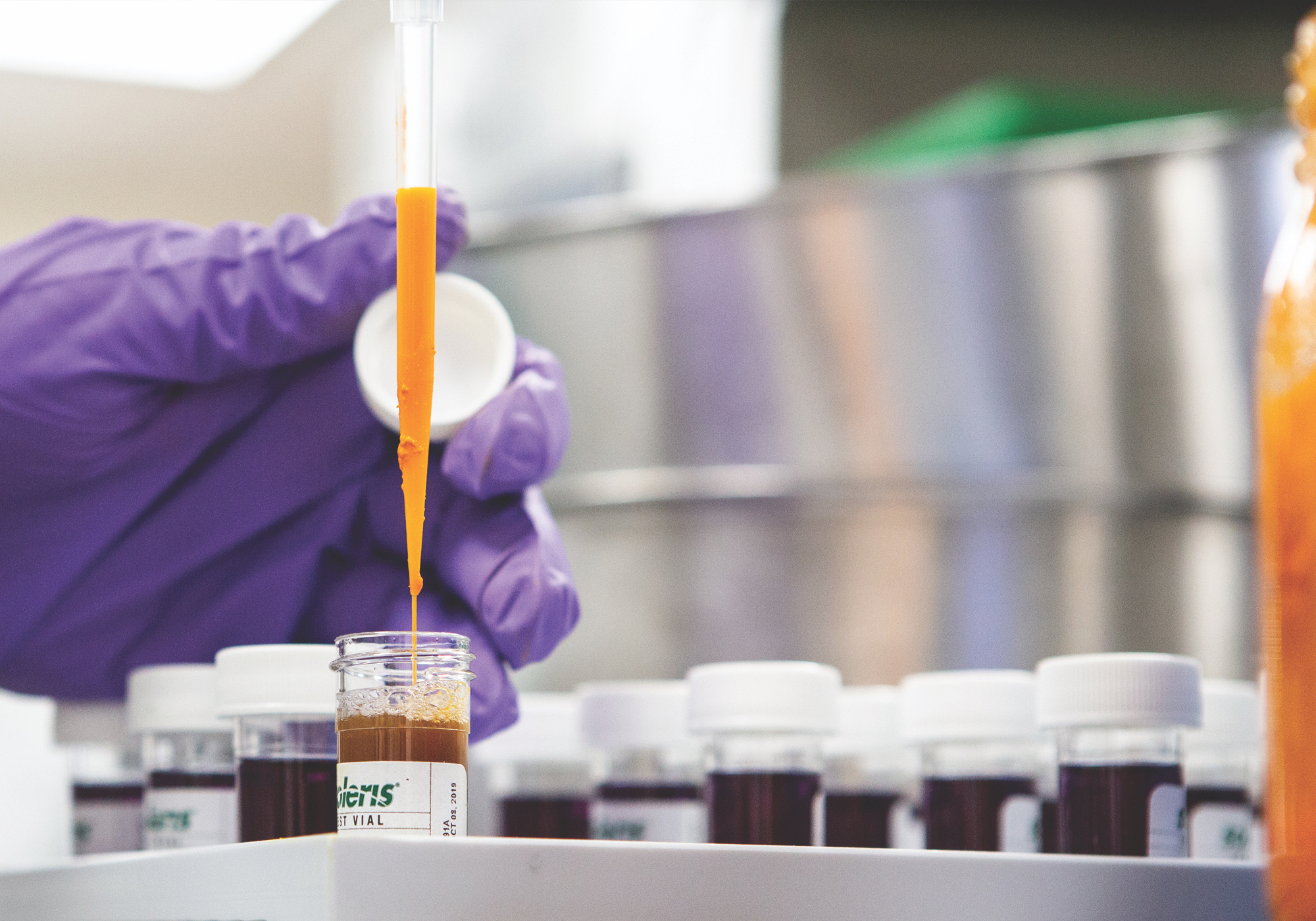Scientific name:Calendula officinalis
Constituents:
- Triterpenoid & Steroidal saponins (yields oleanolic acid)
- Flavonoids (isorhamnetin & quercitin)
- Mucilage & Polysaccharides
- Bitter resin (calendulin & caledin)
- Volatile oils
- Xanthophyls & Carotenoids
- Sterols (beta-sitosterol) & Fatty acids (myristic and palmitic esters)
Medicinal actions:
- Anti-inflammatory
- Antimicrobial
- Antispasmodic
- Emmenagogue
- Immunostimulant
- Lymphatic
- Vulnerary (Demulcent & Emollient)
Mechanism of Action & Pharmacology:
- Saponins have mild phytoestrogenic activity, decrease tissue swelling, increase capillary perfusion of tissue and along with flavonoids decrease inflammation.
- Immuno-stimulating properties are derived from the polysaccharides and volatile oil.
- Anti-fungal properties are only found in a tincture. It is the resin, myristic & palmitic esters which are anti-fungal (resin requires 90% EtOH for extraction).
- Vulnerary actions are due to the xanthophyls (which stimulate granulation tissue), mucilage and volatile oils.
Pharmacy:
- Infusion
- Tincture
- Topicals: washes, creams, ointments, oils, poultices, suppositories, and fresh plant succus
Safety & Toxicity Concerns:
- An extremely safe herb without documented side effects. There is a low but potential likelihood for allergic sensitivity.
- Avoid internally in pregnancy due to potential emmenagogue effects and in known Asteraceae allergy.
Interactions:
- None known.







